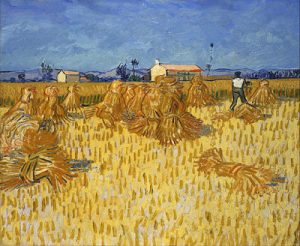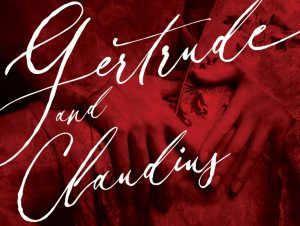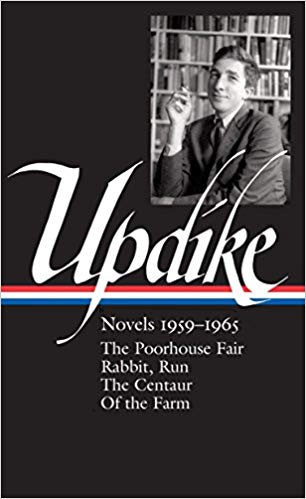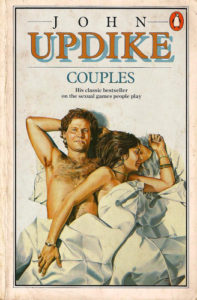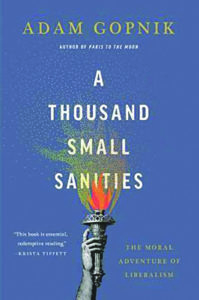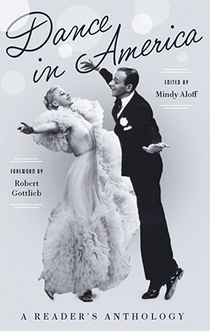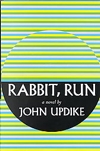 You’ve got to love a blog that’s titled Coming Up Millhouse, especially when the “about” section begins with a Homer J. Simpson quote: “Maybe, just once, someone will call me ‘sir’ without adding, ‘you’re making a scene’.” And especially when the blogger posts an entry on “Reading The Classics – ‘Rabbit, Run’.”
You’ve got to love a blog that’s titled Coming Up Millhouse, especially when the “about” section begins with a Homer J. Simpson quote: “Maybe, just once, someone will call me ‘sir’ without adding, ‘you’re making a scene’.” And especially when the blogger posts an entry on “Reading The Classics – ‘Rabbit, Run’.”
“In 2019, myself and a friend sat down to form a pseudo bookclub,” Derrhn writes. “Our goal: to read the classics we are yet to get round to. We started with John Updike’s debut novel, Rabbit, Run.”
“I can’t exaggerate how much I enjoyed this book,” Derrhn says. “If you’ve ever read Catcher in the Rye or On the Road and felt frustrated about how the respective protagonists’ abandonment of responsibility goes unpunished, then Rabbit, Run is the book for you. Updike explicitly explores the disaster left behind when someone chooses to run away. Rabbit’s futile attempts to fill the vague sense of something missing leads to: death; loneliness; a loss of religion; and sexual impotence. In many ways the book reads as a direct confrontation of the hypocrisy inherent in the burgeoning hippie counter-culture of 1960s America.
“The pleasure of reading Rabbit, Run stems from the paradox at its heart. Harry is both ‘running’ to find something, anything that might make him feel complete whilst simultaneously running away from a truth that scares him—that his life peaked in high school.”
Well Sir, that assessment seems spot-on to us.



